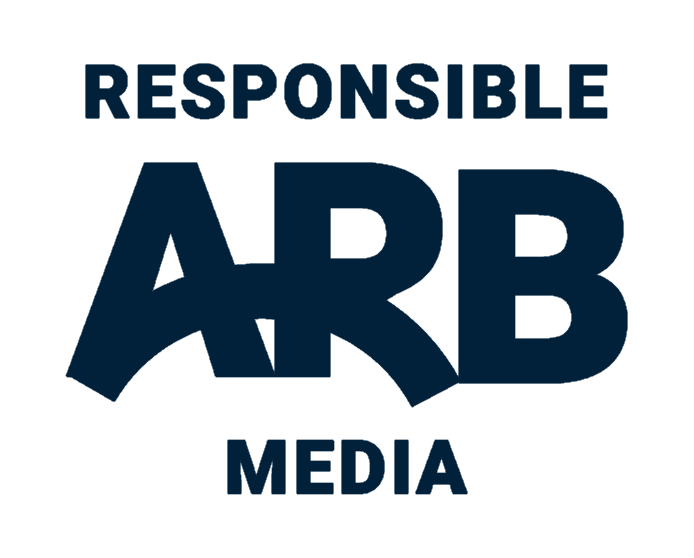Local News
Verskeie Bloemfonteiners met hand-voet-en-mond-siekte gediagnoseer─── 15:15 Thu, 02 Aug 2012

Mariné Jacobs
Bloemfontein - Tussen 10 en 15 pasiënte is die afgelope week by die Mediclinic Bloemfontein Noodeenheid vir hand-voet-en-mond-siekte behandel.
Hospitaalwoordvoerder Amanda Appelgryn sê dat hierdie siekte, hoewel hoogs aansteeklik, nie ‘n aanmeldbare siekte is nie, tensy dit as ‘n epidemie deur die departement van gesondheid verklaar word.
‘n Bekende kleuterskool in Bloemfontein het ook onlangs ‘n nuusbrief aan ouers gestuur, waarin hulle ouers waarsku om op die uitkyk te wees vir simptome van díe siekte, aangesien daar reeds twee kinders in die skool met die siekte gediagnoseer is.
Ongeveer twee weke gelede het mediaberigte verskyn wat beweer dat 11 uit 17 babas by ‘n Bloemfonteinse dagsorgsentrum ook besmet is.
Volgens Appelgryn moet die siekte nie verwar word met bek-en-klouseer wat by diere voorkom nie.
Mediclinic Bloemfontein se Infeksiebeheer Verpleegkundige sê dat simptome koors, pynlike sere in die mond en ‘n veluitslag insluit. Sien die volledige inligting hieronder:
The following information has been provided by Mediclinic Bloemfontein:
About Hand, Foot, and Mouth Disease (HFMD)
Hand, foot, and mouth disease is a common viral illness that usually affects infants and children younger than 5 years old. However, it can sometimes occur in adults. Symptoms of hand, foot, and mouth disease include fever, blister-like sores in the mouth (herpangina), and a skin rash.
Hand, foot, and mouth disease is caused by viruses that belong to the Enterovirus genus (group). This group of viruses includes polioviruses, coxsackieviruses, echoviruses, and enteroviruses.
• Coxsackievirus A16 is the most common cause of hand, foot, and mouth disease in the United States, but other coxsackieviruses have been associated with the illness.
• Enterovirus 71 has also been associated with hand, foot, and mouth disease and outbreaks of this disease.
Hand, foot, and mouth disease is often confused with foot-and-mouth disease (also called hoof-and-mouth disease), a disease of cattle, sheep, and swine. However, the two diseases are caused by different viruses and are not related. Humans do not get the animal disease, and animals do not get the human disease.
Signs & Symptoms
Hand, foot, and mouth disease usually starts with a fever, poor appetite, a vague feeling of being unwell (malaise), and sore throat. One or 2 days after fever starts, painful sores usually develop in the mouth (herpangina). They begin as small red spots that blister and that often become ulcers. The sores are often in the back of the mouth. A skin rash develops over 1 to 2 days. The rash has flat or raised red spots, sometimes with blisters. The rash is usually on the palms of the hands and soles of the feet; it may also appear on the knees, elbows, buttocks or genital area.
Some people, especially young children, may get dehydrated if they are not able to swallow enough liquids because of painful mouth sores.
Persons infected with the viruses that cause hand, foot, and mouth disease may not get all the symptoms of the disease. They may only get the mouth sore or skin rash.
Transmission
Hand, foot, and mouth disease is spread from person to person by direct contact with the infectious viruses that cause this disease. These viruses are found in the nose and throat secretions (such as saliva, sputum, or nasal mucus), fluid in blisters, and stool of infected persons. The viruses may be spread when infected persons touch objects and surfaces that are then touched by others.
Infected persons are most contagious during the first week of the illness. The viruses that cause hand, foot, and mouth disease can remain in the body for weeks after a person’s symptoms have gone away. This means that infected people can still pass the infection to others even though they may appear well. Also, some people who are infected and shedding the virus, including most adults, may have no symptoms.
Hand, foot, and mouth disease is not transmitted to or from pets or other animals.
Diagnosis
Hand, foot, and mouth disease is one of many infections that cause mouth sores. Health care providers can usually tell the difference between mouth sores caused by hand, foot, and mouth disease and other causes by considering —
• how old the patient is,
• what symptoms the patient has, and
• how the rash and mouth sores look.
Depending on how severe the symptoms are, samples from the throat or stool may be collected and sent to a laboratory to test for the virus.
Prevention
There is no vaccine to protect against the viruses that cause hand, foot, and mouth disease.
A person can lower their risk of being infected by
• Washing hands often with soap and water, especially after changing diapers and using the toilet. Visit CDC’s Clean Hands Save Lives! for more information.
• Disinfecting dirty surfaces and soiled items, including toys. First wash the items with soap and water; then disinfect them with a solution of chlorine bleach (made by mixing 1 tablespoon of bleach and 4 cups of water).
• Avoiding close contact such as kissing, hugging, or sharing eating utensils or cups with people with hand, foot, and mouth disease.
If a person has mouth sores, it might be painful to swallow. However, drinking liquids is important to stay hydrated. If a person cannot swallow enough liquids, these may need to be given through an IV in their vein.
Treatment
There is no specific treatment for hand, foot and mouth disease. However, some things can be done to relieve symptoms, such as
• Taking over-the-counter medications to relieve pain and fever (Caution: Aspirin should not be given to children.)
• Using mouthwashes or sprays that numb mouth pain
Persons who are concerned about their symptoms should contact their health care provider.

A rash on the soles of the feet indicating hand-foot-and-mouth disease.













